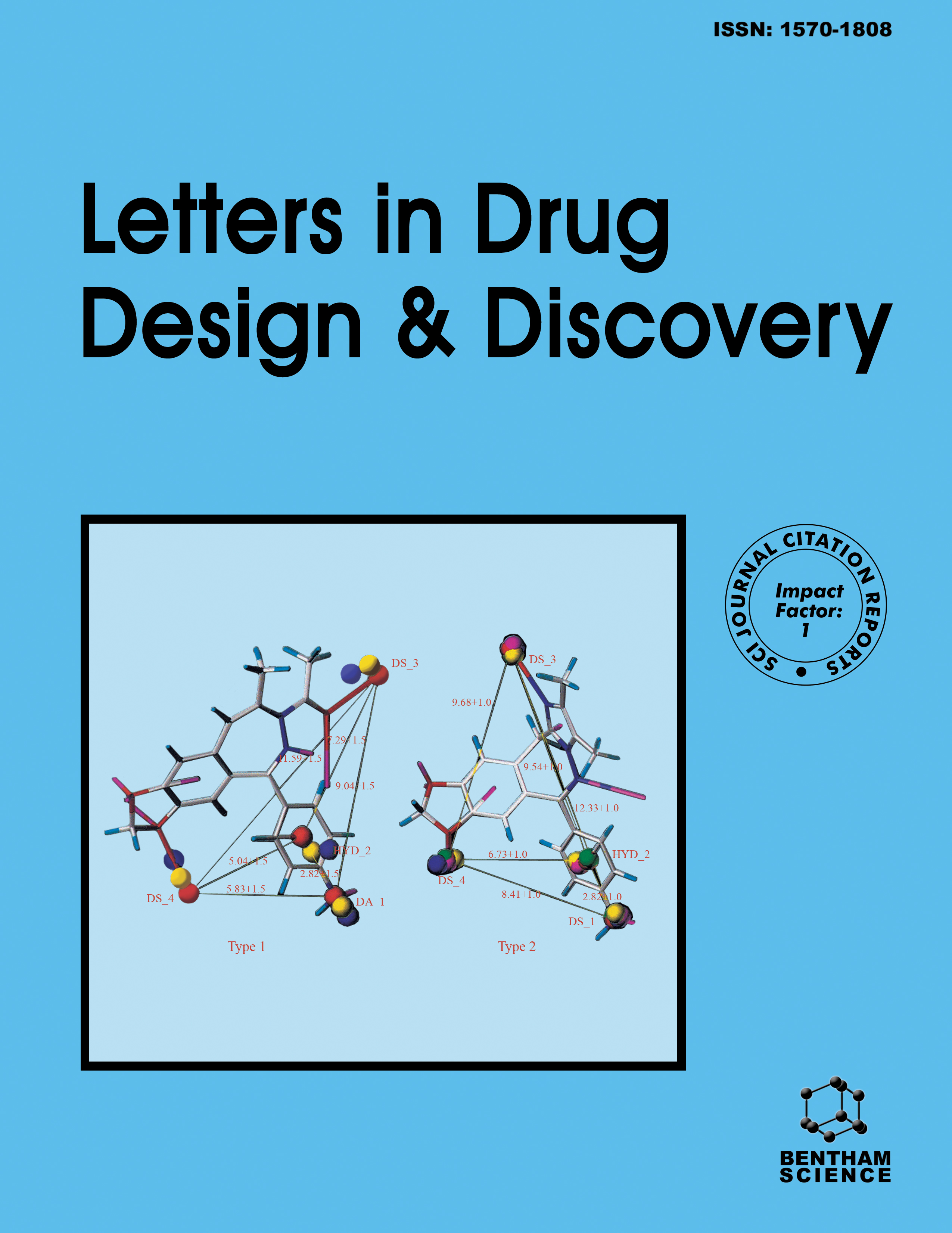
Full text loading...
We use cookies to track usage and preferences.I Understand
Severe acute respiratory syndrome coronavirus 2 main protease (SARS-CoV-2 Mpro) has been shown to be an effective target for inhibiting novel coronaviruses, which can be used as a crucial breakthrough for developing drugs to treat the coronavirus disease 2019 (COVID-19).
To design novel SARS-CoV-2 Mpro inhibitors, we conducted 3D-QSAR, molecular docking, and molecular dynamics (MD) simulation on 64 quinazolin-4-one derivatives.
Comparative molecular field analysis (CoMFA) model (q2 = 0.590, R2 = 0.962), comparative molecular similarity index analysis (CoMSIA) model (q2 = 0.628, R2 = 0.923), and external validation indicated that the stability, reliability, and prediction performance of our constructed model were excellent. We designed 8 inhibitors with stronger antiviral activities through the three-dimensional equipotential field. Molecular docking and MD simulation probed the interactions of compounds and SARS-CoV-2 Mpro. This indicated that amino acid residues, including Met165, Met49, and Cys145, were very important in combination with the compounds. The prediction results of ADME/T and Lipinski’s rule of five indicated that the new compounds had favorable drug-like and pharmacokinetic properties.
This study provided new ideas for exploring novel SARS-CoV-2 Mpro inhibitors against COVID-19 in the future.

Article metrics loading...

Full text loading...
References


Data & Media loading...
Supplements

